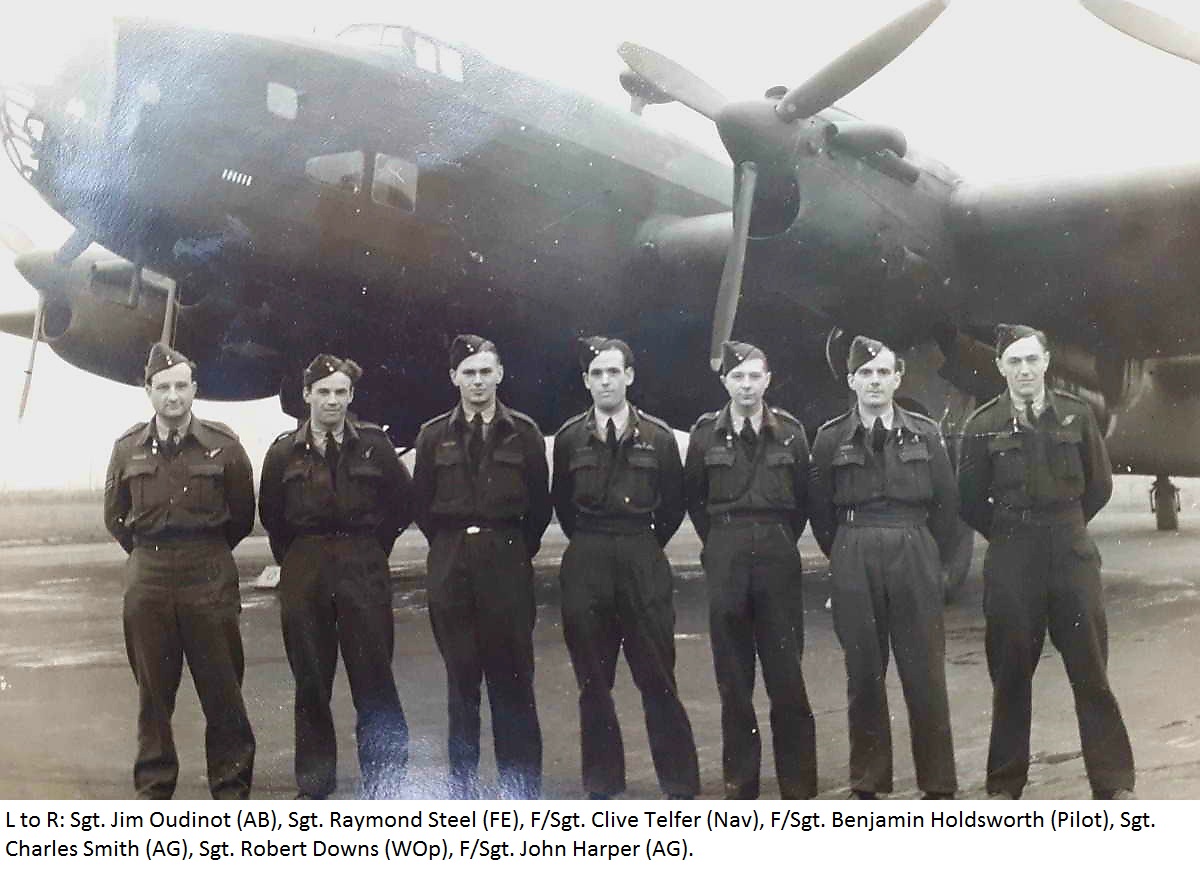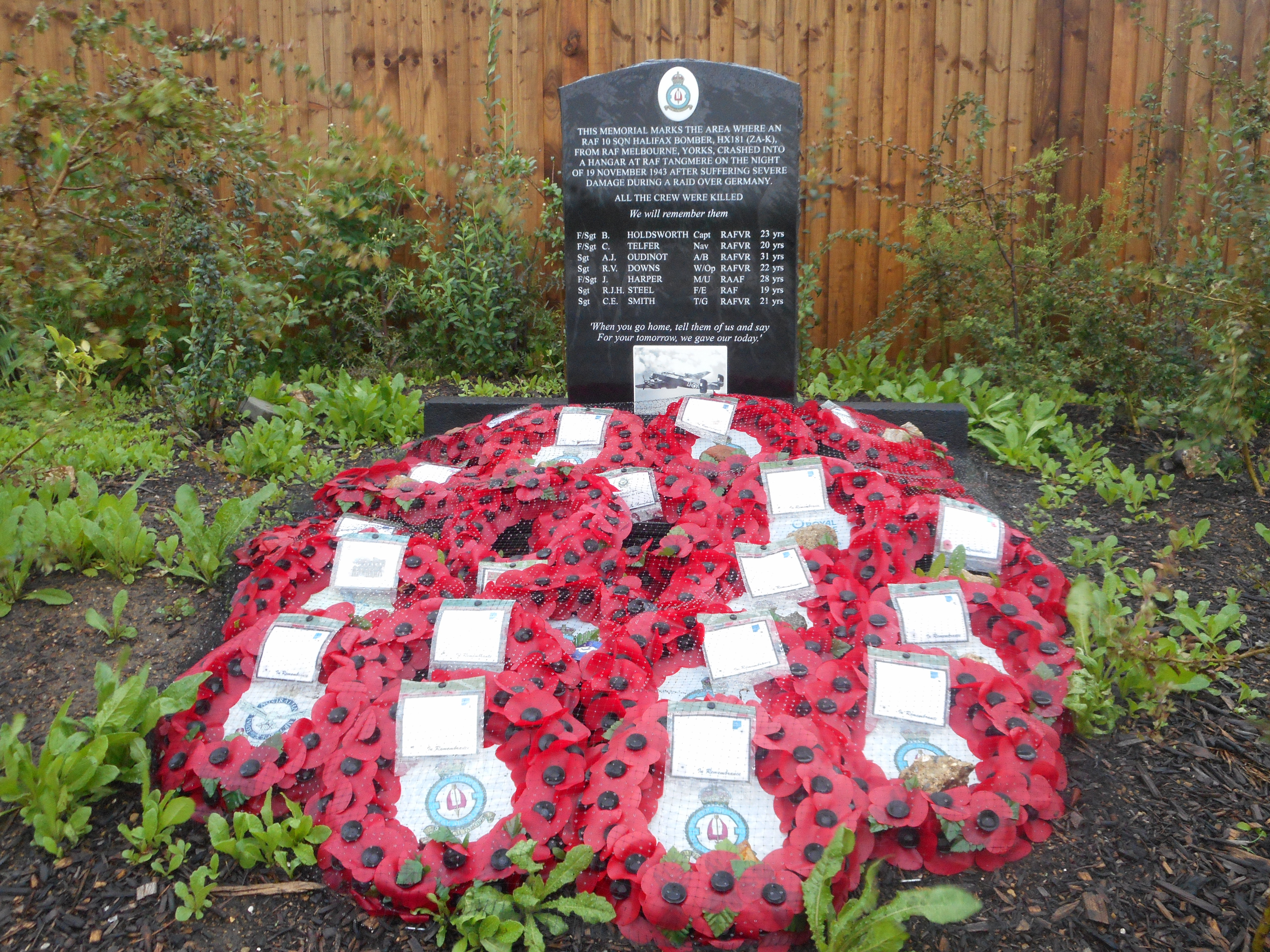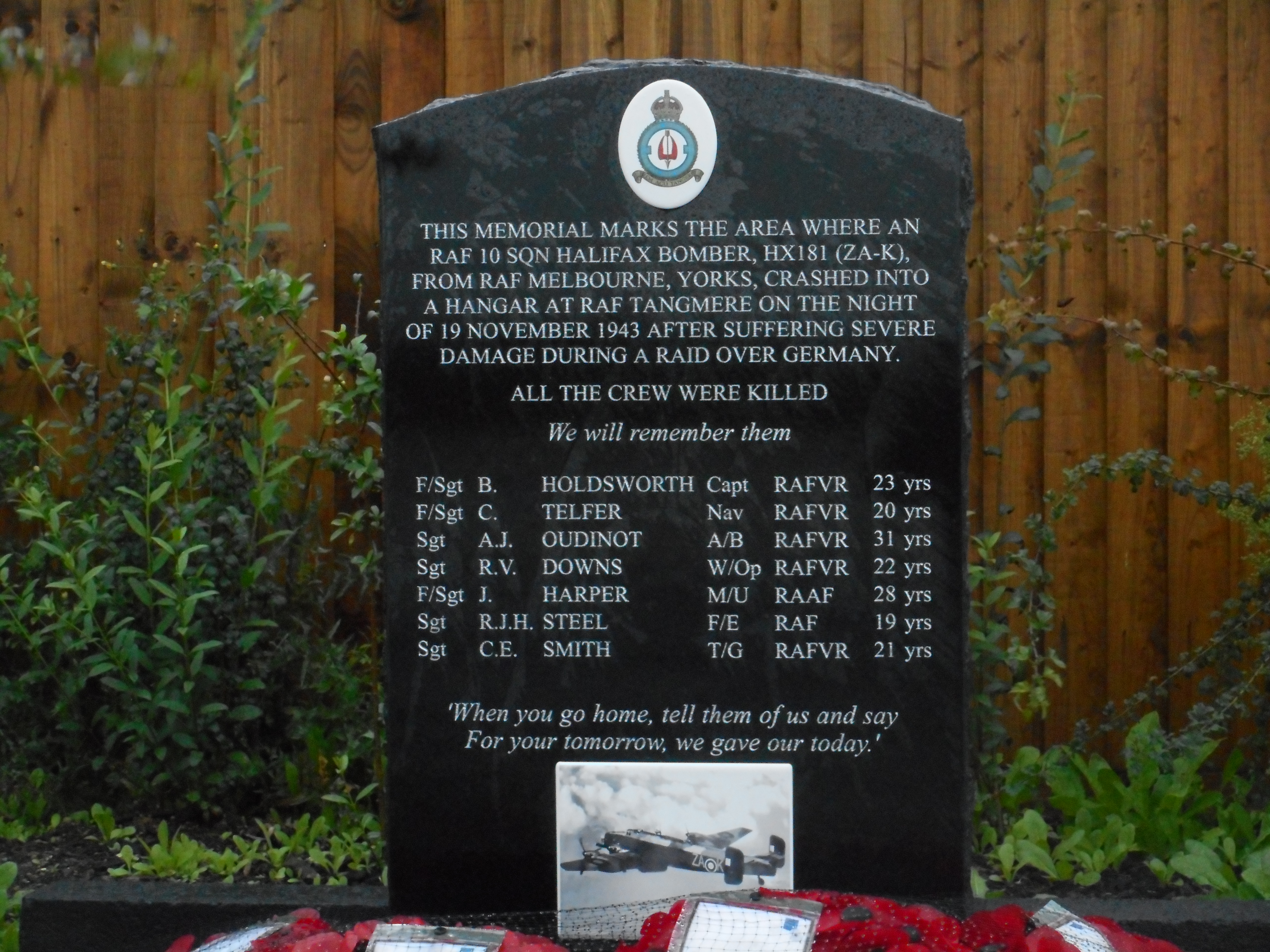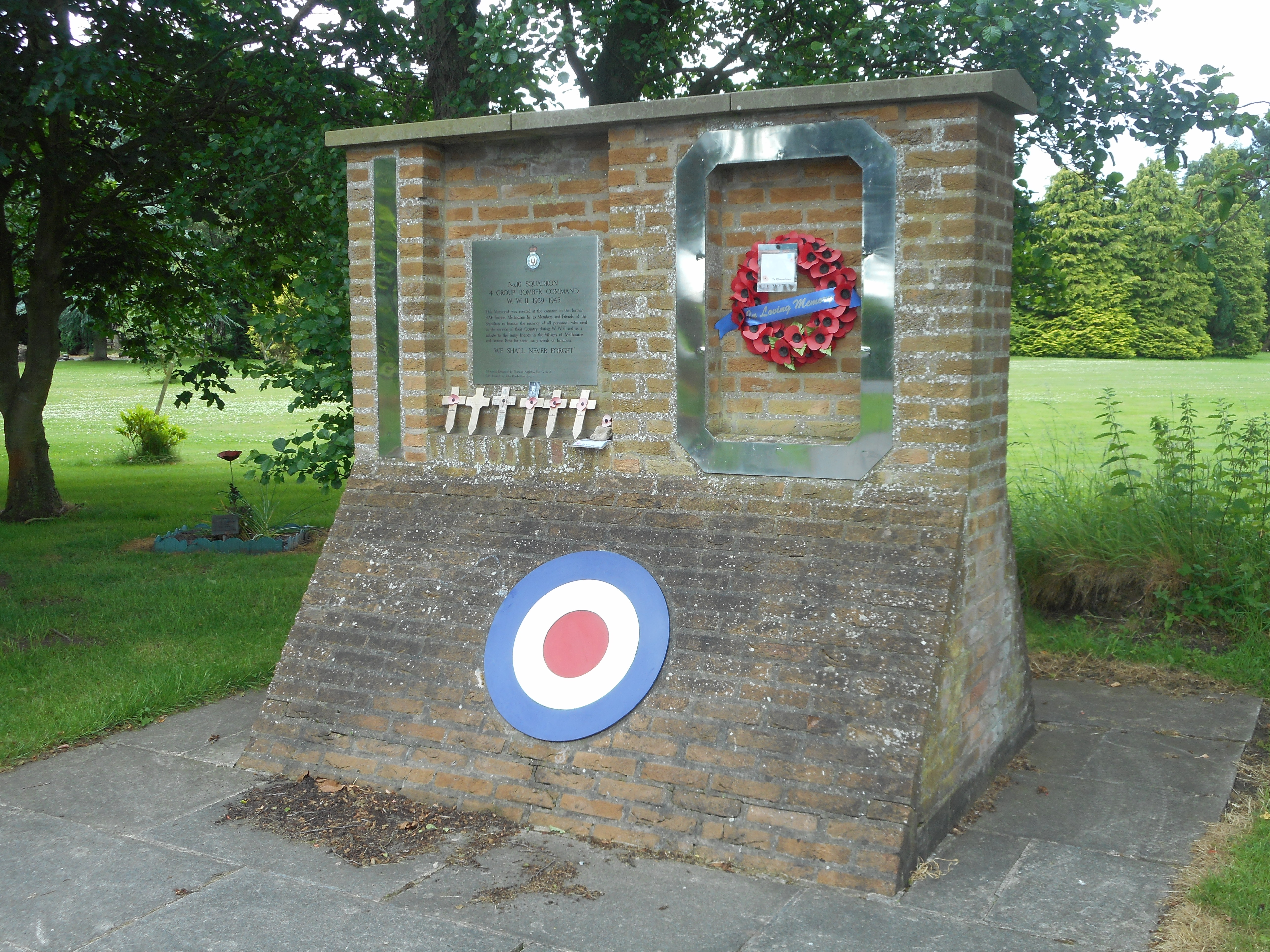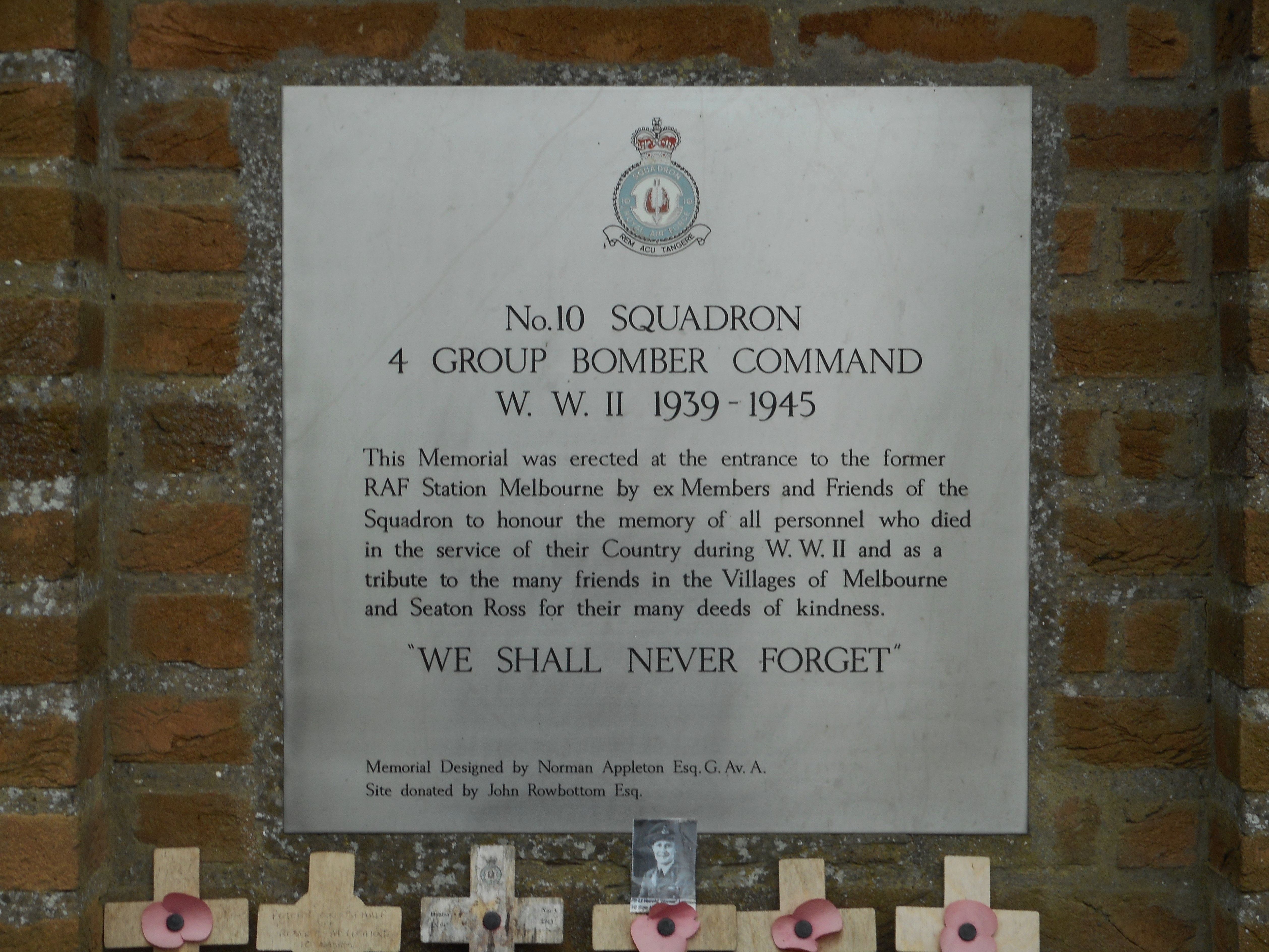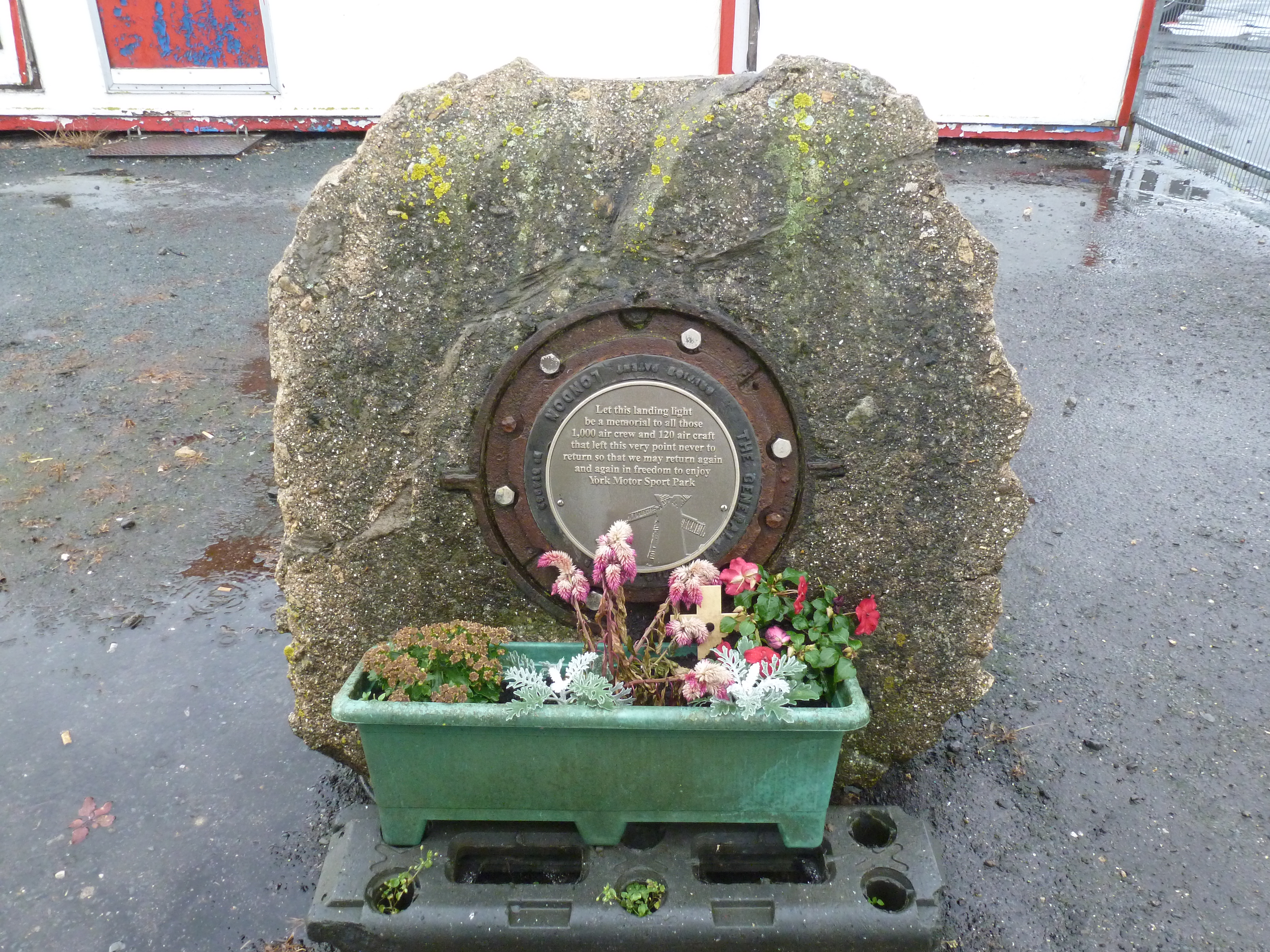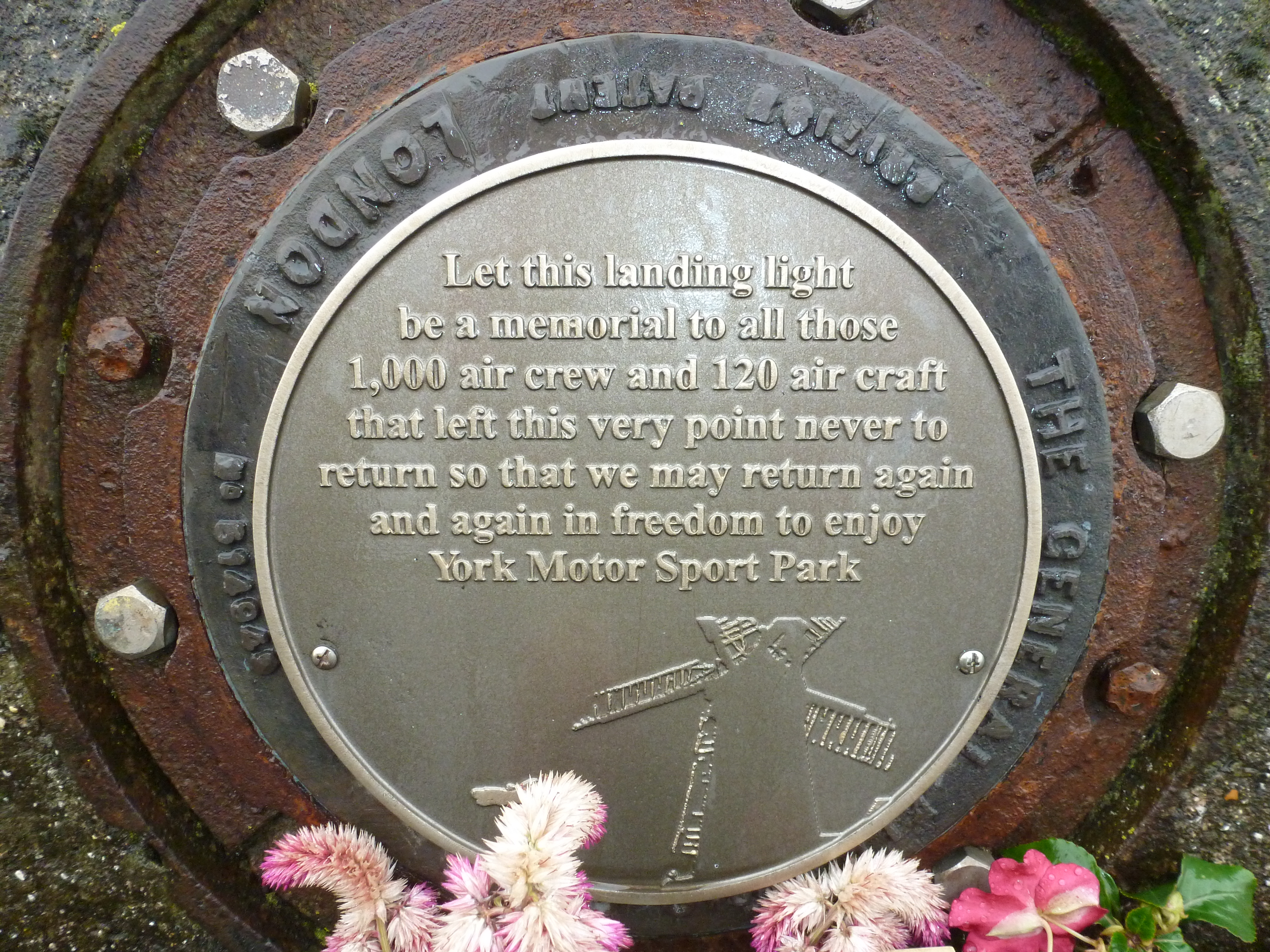Telfer, Clive
Personal Information
| Rank | F/S |
| Forename(s) | Clive |
| Surname | Telfer |
| Gender | M |
| Age | 20 |
| Decorations | |
| Date of Death | 19-11-1943 |
| Next of Kin | Son of James Henry and Hilda Telfer, of Clapham Common, London. |
Aircraft Information
| Aircraft | Handley Page Halifax II |
| Serial Number | HX181 |
| Markings | ZA-K K-Katy |
Memorial Information
| Burial/Memorial Country | United Kingdom |
| Burial/Memorial Place | Morden Cemetery |
| Grave Reference | Sec. I. Grave 1965. |
| Epitaph |
IBCC Memorial Information
| Phase | 2 |
| Panel Number | 252 |
Enlistment Information
| Service Number | 1390942 |
| Service | Royal Air Force Volunteer Reserve |
| Group | 4 |
| Squadron | 10 |
| Trade | Navigator |
| Country of Origin | United Kingdom |
Other Memorials
| Location | off Hangar Drive, Tangmere, West Sussex |
| Country | United Kingdom |
| Memorial Type | Inscribed Marble Headstone |
| Memorial Text | This memorial marks the area where an RAF 10 Sqn Halifax bomber, HX181 (ZA-K), from RAF Melbourne, Yorks, crashed into a hangar at RAF Tangmere on the night of 19 November 1943 after suffering severe damage during a raid over Germany. All the crew were k |
| Location | Melbourne, East Yorkshire |
| Country | United Kingdom |
| Memorial Type | Brick Memorial Stone & Plaque |
| Memorial Text | No 10 Squadron, 4 Group Bomber Command, WWII 1939-1945. This memorial was erected at the entrance to the former RAF Station Melbourne by ex Members and Friends of the Squadron to honour the memory of all personnel who died in the service of their Country |
| Location | Melbourne Airfield, East Yorkshire |
| Country | United Kingdom |
| Memorial Type | Inscribed Runway Light in Concrete Base |
| Memorial Text | Let this landing light be a memorial to all those 1,000 aircrew and 120 aircraft that left this very point never to return so that we may return again and again in freedom to enjoy York Motor Sport Park |
Miscellaneous Information
| An eyewitness to this crash was standing by the control tower when a Halifax made several (he thinks four or five) attempts to land on runway 33 (NW heading). Each time the approach was off, too high or off track, suggesting that either the pilot was badly injured or that someone else was trying to land the aircraft. On the last attempt the approach was much better aligned but still a little too high and it drifted left off-track towards the control tower and the eyewitness; initially causing him concern for his own safety. It drifted further, to the west side of the control tower and passing him at low height, it crashed into the side of the most Easterly hanger, the one nearest the control tower (the other three had been destroyed by Stukas on 16/8/40). All aboard were killed. The hangar was completely destroyed and the aircraft in it were all stuck off charge: six Typhoons, three Spitfires and two Lysanders. |
Commonwealth War Graves Commission
The National Archives
| Record of Events (Operational Record Book) AIR 27/144/22 |
| Summary of Events (Operational Record Book) AIR 27/144/21 |
Fellow Servicemen
Last Operation Information
| Start Date | 19-11-1943 |
| End Date | 20-11-1943 |
| Takeoff Station | Melbourne |
| Day/Night Raid | Night (50% moon) |
| Operation | Leverkusen. 266 aircraft, 5 losses (1.9%), probably due to bad weather around German airfields. Equipment failure on Oboe Mosquitoes prevented proper target marking and the other PFF aircraft had difficulty in making good due to the poor weather. At least six towns in the vicinity recorded bombs but only one fell on Leverkusen. |
| Reason for Loss | Crashed onto a hangar at Tangmere airfield, Sussex |
